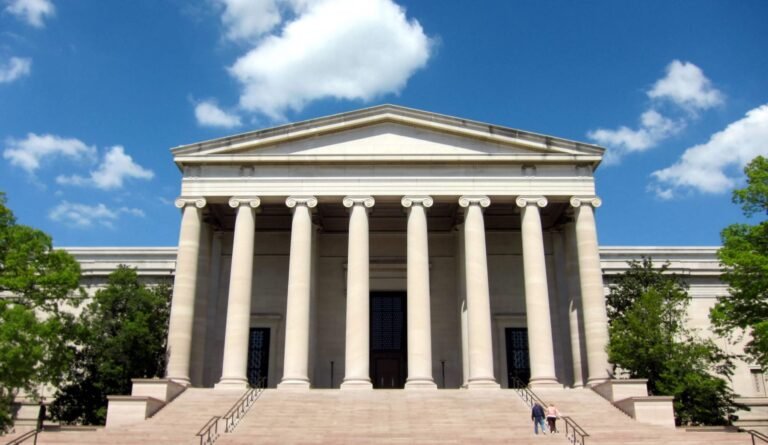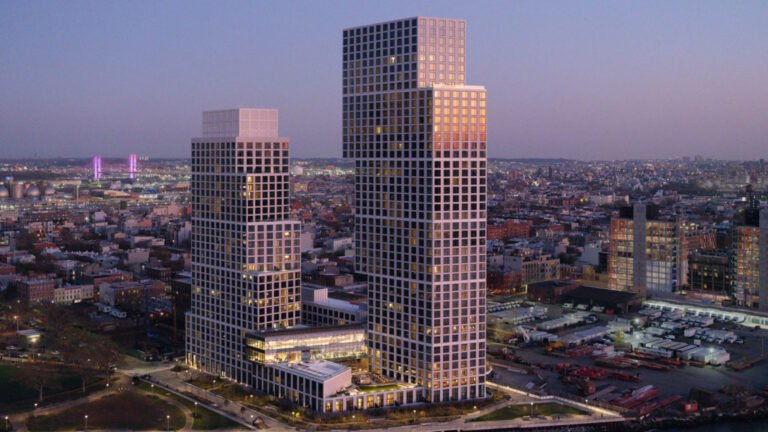Equipo de Arquitectura: “Our Vision of Architecture Is Primitive and Essential”
Equipo de Arquitectura: “Our Vision of Architecture Is Primitive and Essential”

Equipo de Arquitectura was founded by Horacio Cherniavsky and Viviana Pozzoli in 2017. From Paraguay, their works such as Earth Box or Intermediate House translate the vision of an architecture that deals with the primitive and essential. One that constantly seeks to integrate the existing natural environment with the artifice, the built. In particular, bringing material sincerity as a design ethic.
Selected by ArchDaily as one of the Best New Practices of 2021, we conducted the following interview to tell us more in detail about all their inspirations, motivations and ways of working.

Fabian Dejtiar (FD): One of your first statements is “Our vision of architecture is primitive and essential“. What does this vision mean and what inspired you to follow this path of making architecture?
Equipo de Arquitectura (EDA): Primitive for its conceptual relation to the origin of architecture and essential for avoiding relations with the unnecessary. We understand architecture as an existential phenomenon, a characteristic of our human condition, and we try to resolve projects with the fundamental elements in the most synthetic way possible. The essence of architecture is living.

Our role is to create spaces through the transformation of matter and the configuration of available and appropriate resources for each situation. These decisions are related to the environmental, social and economic context and the different programmatic needs. We try to ensure that every architectural response we give resolves these conditions in order to create atmospheres and experiences that enrich the act of inhabiting. Things such as perceiving natural ventilation, the change of light throughout the day, the contemplation of rain, and the presence of natural materials, allow us to connect to the primitive essence of architecture.

FD: In this sense, how does this translate into your architecture? What is your working process like in order to create a primitive and essential architecture?
EDA: Self-assessment is always difficult and describing one’s own work can generate an image that is a little far removed from reality in this eagerness to idealise things. However, we share certain values and criteria that we try to capture in our projects. There are decisions or criteria that tend to be repeated, such as the relationship with nature, material and constructive sincerity, the presence of natural light, the link between interior and exterior, the most legible configuration of the elements and the permanent desire to achieve synthesis. The dialogue between the natural and the artificial has been present since the beginning of architecture.

On the one hand, it responds to the paradigm of our habitat, which is to destroy in order to build. All constructions are prior destructions. Therefore, the condition of construction is the transformation of resources. On the other hand, the dialogue between the natural and the artificial (architecture), maintains a conversation with the pre-existence of the context: how what we build interacts with the existing vegetation, how we relate to the landscape (natural or built), how we include nature in the spaces. Today it is fashionable to talk about “biophilic design”, green architecture, and sustainability as an added value when in reality all these terms used to not exist and were invented to highlight qualities that should be innate in architecture. Our link with nature is inextricable.

FD: I understand that you are interested in being involved in various aspects of the profession and that you are attracted to interdisciplinarity. Can you comment on this in more detail?
EDA: We became involved in teaching before obtaining our university degrees. We have always been interested in being able to continue learning and to use the academic space as a platform for knowledge and research that complements our architectural production. The time we dedicate to teaching is, at the same time, time for learning. The project classes, or workshops, are collective constructions of knowledge between students and teachers.


On the other hand, extracurricular and interdisciplinary experiences, such as workshops, allowed us to explore a variety of constructive and theoretical possibilities within a very particular working dynamic. The production of an idea, a project and/or construction within an extremely limited time is always an important challenge and generates some learning with regard to management, logistics and the agility of generating results that are sometimes less interesting than processes.
We are very aware of the interconnection between different disciplines and believe that everything can feed back into each other. Music, film, art, philosophy and literature are our main sources of interest perpendicular to architecture. In the end, everything is related.

FD: You have recently been selected by ArchDaily as one of the best Best New Practices. What kind of value do you see in this diffusion? What future projection do you have?
EDA: Of course it is gratifying to receive this recognition, but at the same time it makes us reflect on what lies behind the results, which is something that is not usually visible and which we feel it is important to mention. All the processes of the projects we develop and the constructions we execute entail a series of difficulties and challenges that are full of wins and mistakes that forge our growth and our learning in practice. Being an emerging studio entails certain difficulties that are natural in any exercise, such as lack of experience, naivety, excessive optimism and the consequent frustrations. At the same time, enthusiasm and passion are the qualities that allow us to approach each project as an opportunity to provide better answers to different problems. Being part of the Best New Practices selection contributes to continuing nurturing that enthusiasm which is the driving force of our production.


FD: Finally, what new projects are you currently working on and what would you like to develop further?
EDA: We are currently developing projects of different scales and programmes. Since we started with the team we had the opportunity to get involved in projects of different scales and programmes through project competitions, which allowed us to approach architecture in a broader manner. In the beginning, we hardly developed any housing projects. Now we have a couple of houses, a residential building, a couple of offices and a square conversion project. We would love to work on projects of a larger scale, of a public nature and with a broader scope of social and cultural transformation.




